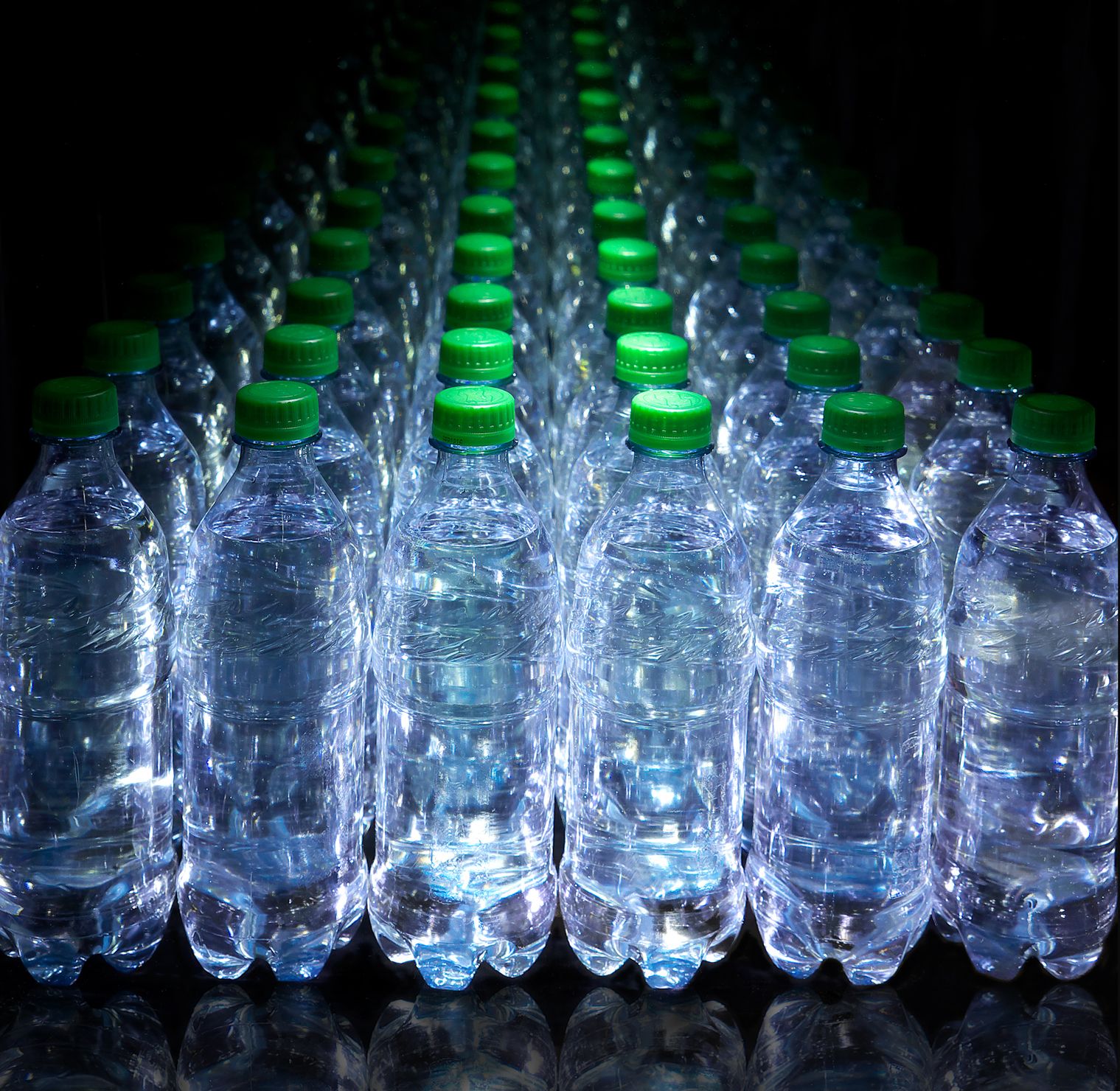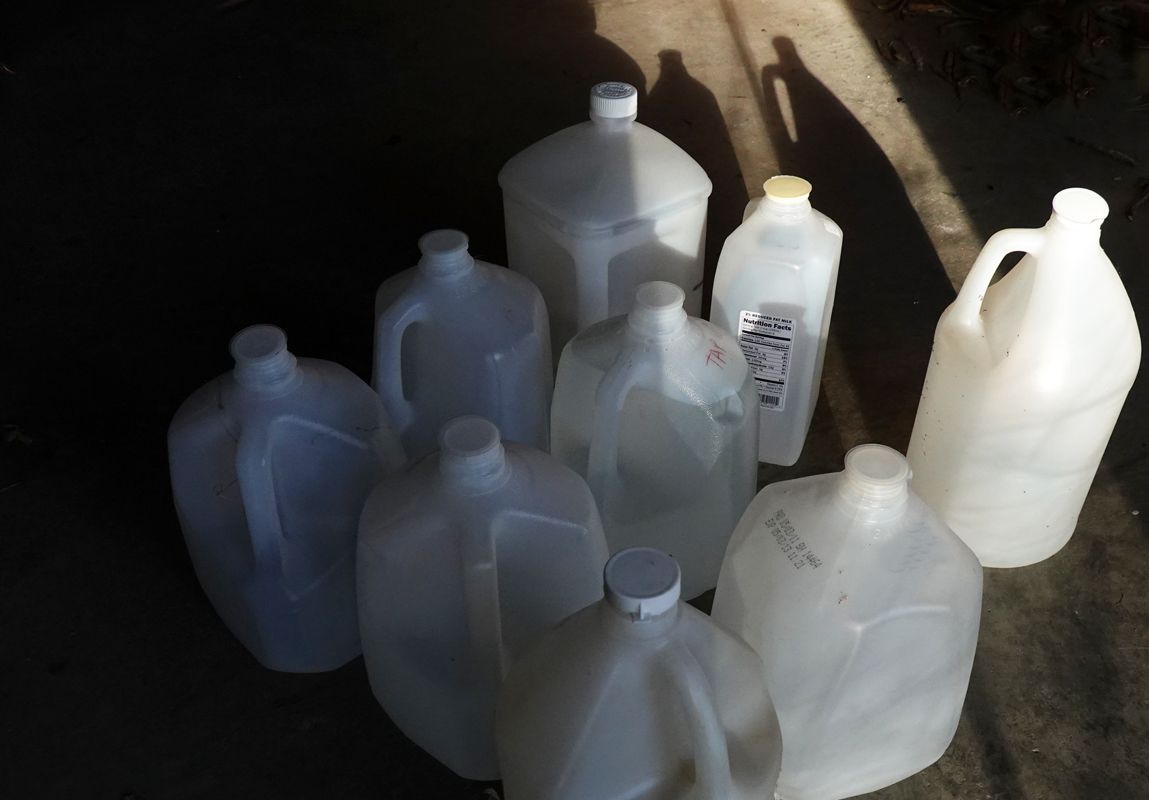Recycling and the plastics challenge
What happens to the plastics brought to Thetford Recycling?

The Recycling Center in Thetford is a bustling scene on Saturday mornings. Residents meet and greet, stand around to catch up on news, and deposit their trash and recyclables along the way. Bags of trash go into the packer truck, and a diverse array of materials for recycling are dragged, tossed, scattered, and stuffed into two rows of dedicated containers large and small. Recycling Coordinator Susanne Simon and her excellent team (Amy Record, Ellen Stone, Tim Cole, and Dale Lewis of the DPW) assist with everything it takes to run this busy place, from traffic control and snow removal to repairs, retrieving items placed in the wrong bins, stomping down the cardboard, picking up after people, and directing folks through the system. On this last point, the Recycling Center could really use some volunteer help.

It can indeed be confusing, because what is accepted for recycling can and does change, catching people who bring in what they have amassed for months unprepared. That's because recycling is subject to shifting market forces, not unlike the stock market. Susanne’s other job is to keep abreast of the trends and to redefine what is accepted — or not — to ensure that materials that are in demand get recycled with a minimum of contamination. And she is always on the lookout for new opportunities to divert would-be trash into the recycling stream. Plastic bags and wrap are taken to a spot behind Hannafords to become plastic lumber. There’s a recent initiative to seasonally collect plastic plant pots to return to local greenhouses or Home Depot. Clean and dry clothing, linens, curtains, pillows, even shoes, are donated to Helpsy, an organization committed to improving clothes recycling. They provide their blue bins and pick-up for free.
All this is done with an eye on keeping down expenses. Some materials are recyclable but accepted only in distant places, so it's too costly for the Town. Styrofoam #6 can theoretically be recycled, but it must be taken 100 miles to Palmer, MA. That facility charges a fee to accept it, on top of transport expenses.
The Recycling Center does generate revenue. The Town is a member of the Northeast Resource Recovery Association that helps to sell recyclables and returns checks to towns like Thetford that separate their recyclables at source.
Cardboard and paper have always found a market. Sixty-seven percent of paper and cardboard in the US was recycled in 2017, according to Columbia University. Cardboard became a hot commodity in 2020 during the COVID pandemic. Businesses and schools that normally throw away tons of quality cardboard were closed, and town-recycled cardboard replaced it, keeping the cardboard recycling industry afloat. Prices for cardboard and paper are still climbing as economic recovery puts pressure on the recycled packaging industry. Susanne now has separate bins for cardboard and paper because clean materials are more valuable.
Aluminum beverage cans also enjoy a steady market. Aluminum is the most recyclable of all materials, as it does not degrade, ever. Mixed metal recycling is being fine-tuned with help from Brian Ricker, who separates the more valuable metals.
The revenue from selling recycled materials does not cover the running of the Recycling Center, though at one time it seemed close to a break-even proposition. Then came 2018 when China clamped down on accepting trash and recyclables from the US. In 2020 they announced they would not even take scrap metal, let alone plastics — that signature product of the US throw-away economy. Mostly the plastics were too contaminated to be useful and became mountains of waste. More alarmingly, much of it entered the shadowy global trade in “recyclables” in which over 78% of US plastic trash ends up in countries with the weakest waste regulations — impoverished nations in Asia and parts of Africa. The final destination of an estimated 88 million tons per year was, and still is, the ocean. That is equivalent to one dump-truck-full per minute.

Why, then, does most plastic bear a number within a triangle of arrows denoting “recyclable”? That goes back to an initiative of the oil industry in the 1980s, documented recently by NPR and PBS, when public dismay about the amount of plastic trash was growing. In archived documents, the president of the Society of the Plastics Industry pronounces: “The image of plastics is deteriorating… (the) viability of the industry and the profitability of your company is at stake.” And so began the industry’s $50 million/year campaign to change that image by touting that plastics can be recycled. Once those triangles and numbers were invented, a torrent of plastic poured into recycling centers, even though the industry knew that recycling most of it was not feasible. In 2018 the EPA calculated that only 8.7 % of plastic was being recycled.
Most plastics, theoretically, can be recycled once, or at the most twice, before they degrade. The devil’s in the details, though. Collecting, sorting, cleaning, melting, and processing are a big expense requiring up-front investment in specialized technology. By contrast, virgin plastic, made from oil and gas, is cheaper and of better quality. And profitable. The oil industry makes over $400 billion a year from plastic that mostly becomes trash.

Slowly, due to public pressure, investments in plastic recycling factories are growing. Still, it’s an economic equation. Currently oil prices are up, making recycled plastic more attractive. However, the oil/plastics industry anticipates a rosy future. Plastics production is expected to double again in 20 years and almost quadruple by 2050.
Thetford Recycling is taking what the market currently wants, which are #1, #2 and #5 plastics (but no black plastic.)

A run-down of the different plastics by their numbers is as follows:
#1 - PET (polyethylene tetraphthalate) is one of the commonest plastics used in water and soda bottles and packaging. PET may release carcinogens, so the containers are for one-time use only. It is recyclable, and about 25% of PET bottles are made into new bottles or polyester fiber.
#2 - HDPE (High-density polyethylene) is what milk jugs and bottles for detergent and oil are made of. It is the most valuable plastic, currently fetching record prices of over a dollar a pound. HDPE is hardwearing, non-degrading in sunlight, non-toxic, and cost-effective to recycle into products requiring durability, like plastic lumber, truck bed liners etc.
#3 - PVC (polyvinyl chloride) is soft, flexible, and transparent (unless colored). It is used in blister packs, food wrapping, plumbing, electric cable sheathing, and toys. Its nickname is the “poison plastic,” because toxins can leach from it throughout its life. Most manufacturing must use virgin PVC, and less than 1% of PVC is recycled.
#4 - LDPE (Low density polyethylene) used for shrink wraps, plastic grocery bags, bread bags, and squeezy bottles. Among the least toxic plastics, it is recycled into plastic lumber, tiles, and garbage can liners, products that are less durable than those made of HDPE.
#5 - PP (polypropylene) is tough and light and an excellent moisture barrier. It is used in liners for potato chip bags, disposable diapers, bottle tops, yogurt tubs, packing tape, and rope. It is non-toxic. Its recycling into lawn border stripping, brooms, bins, etc. has increased.
#6 - PS (polystyrene) is very familiar as a light, rigid foam in packing materials, take-out containers, cups, and foam board insulation. It is inexpensive and easy to mold. However, it is structurally weak and breaks up easily, becoming dispersed in the environment and the oceans. It may leach a carcinogen (styrene) and other health-disrupting compounds. Technology exists for PS recycling, but the market is small. It is better to just re-use packing materials whenever possible.
#7 - OTHER (BPA, Polycarbonate, LEXAN, nylon, acrylic…) This is a catch-all category for plastics that are “none of the above.” They include polycarbonates that are hard and transparent, used in phone screens, optical lenses, and hard plastic bottles. #7 is generally non-recyclable.
PLA - Plant-based plastics are not recyclable and should not go in the recycling bin. They are compostable only in specialized industrial facilities and will not break down in the average home compost pile.
As required by law, the plastic industry is stamping on the required codes. It’s up to dedicated individuals like Susanne to figure out what to do from there. But, really, it’s up to us, to question why we buy so much plastic in the first place. Plastic contamination of our earth is now ubiquitous and it is estimated that humans eat 40 lbs of plastic in a lifetime.

Photo credit : Royalty-free stock images and Li Shen
